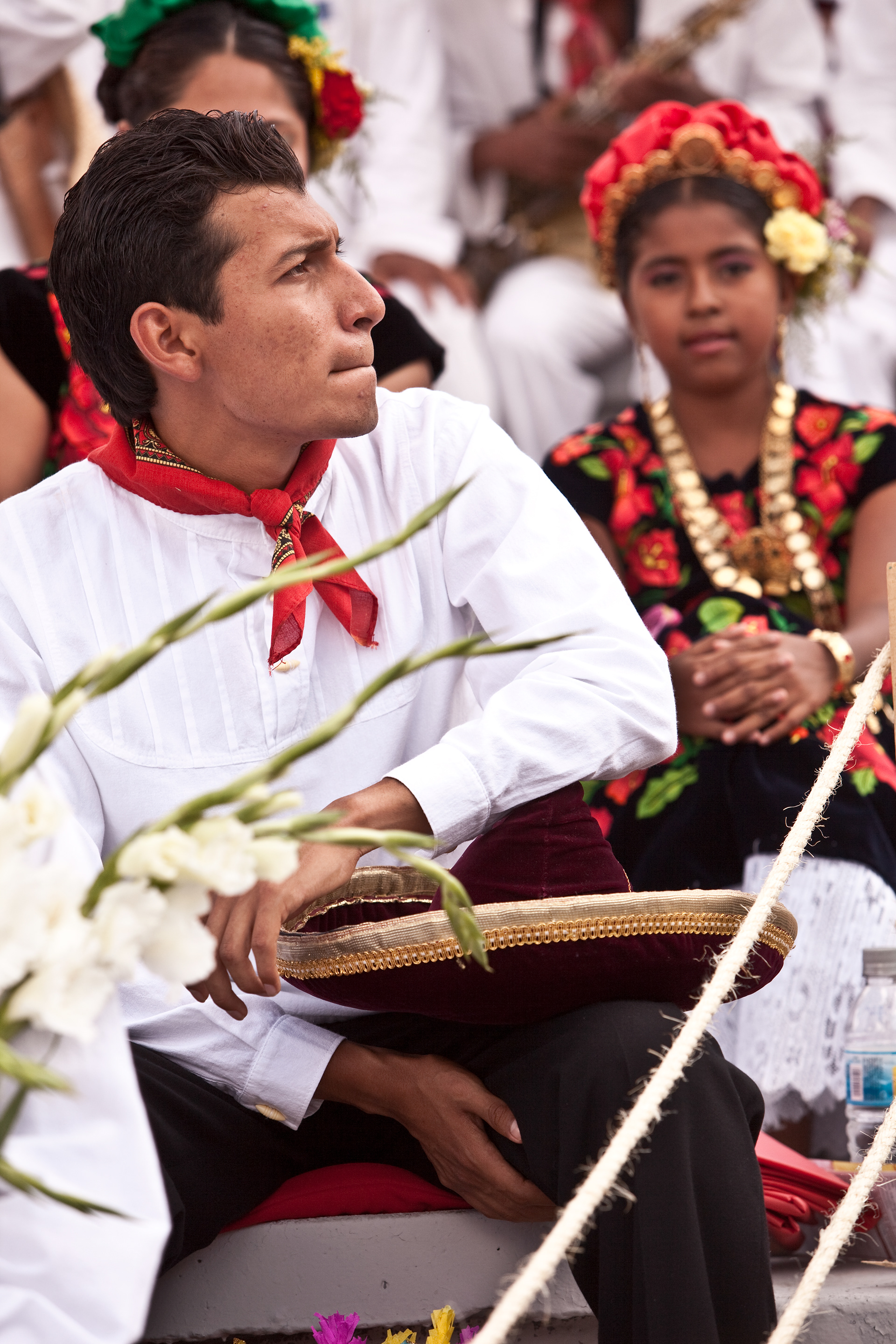
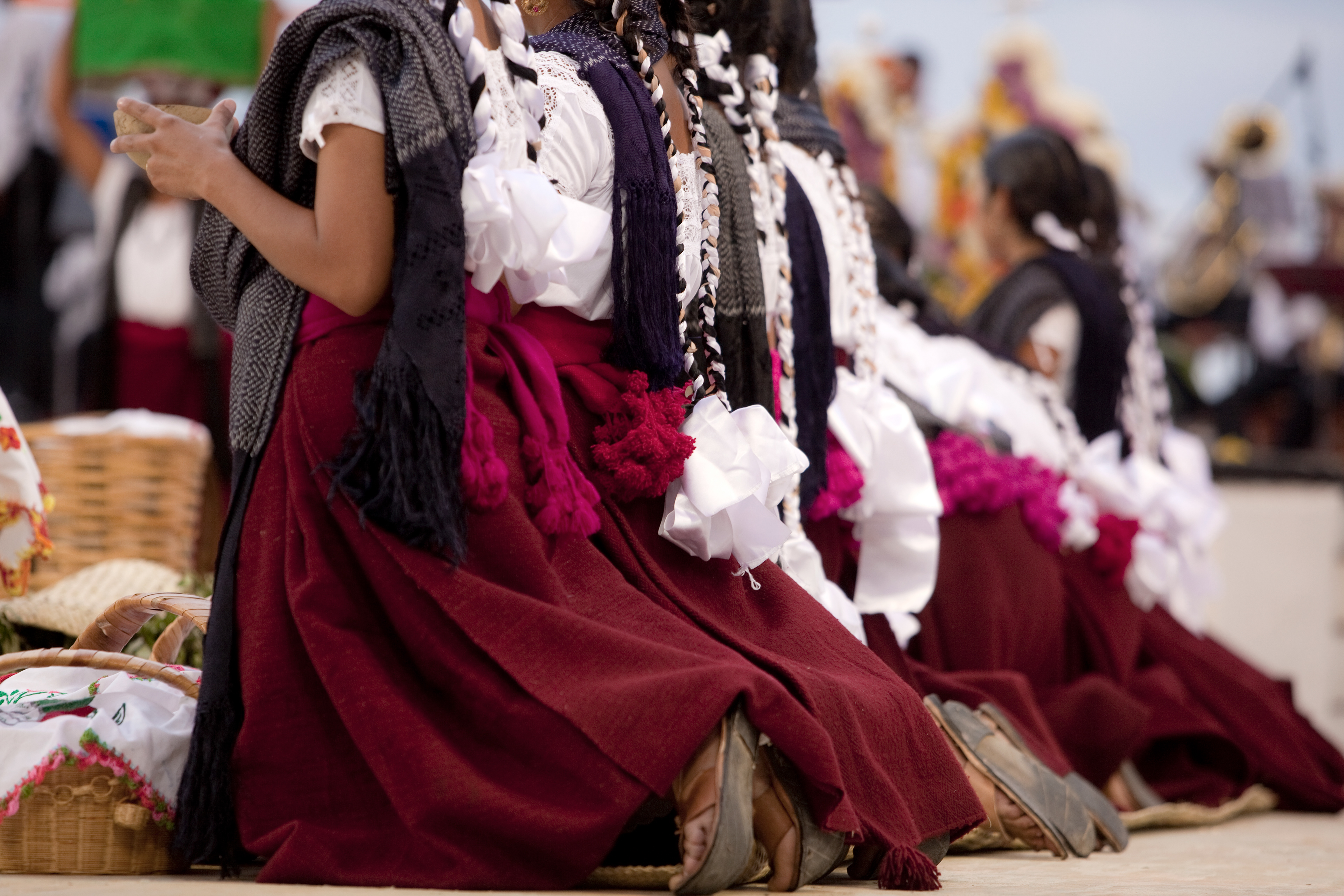



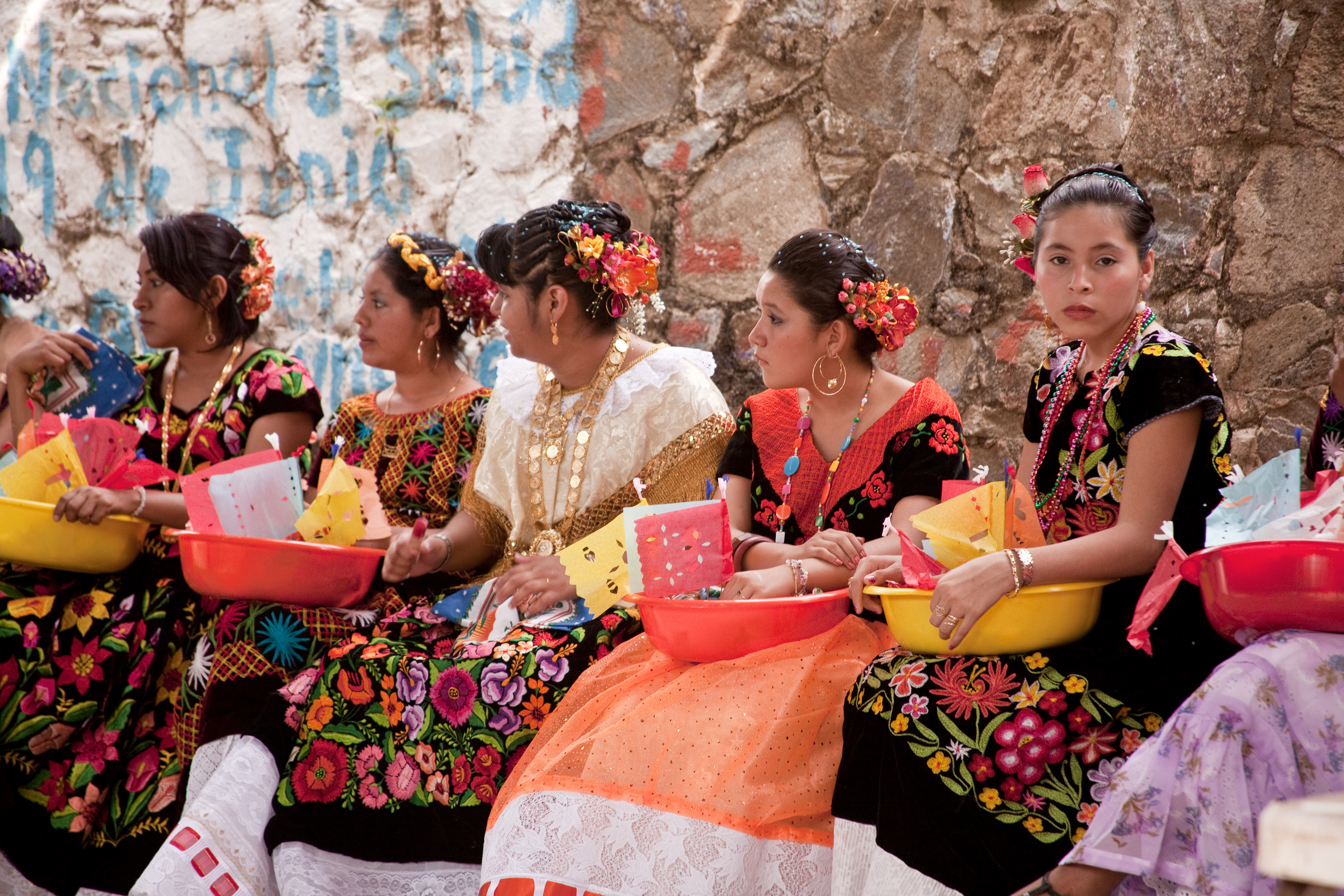
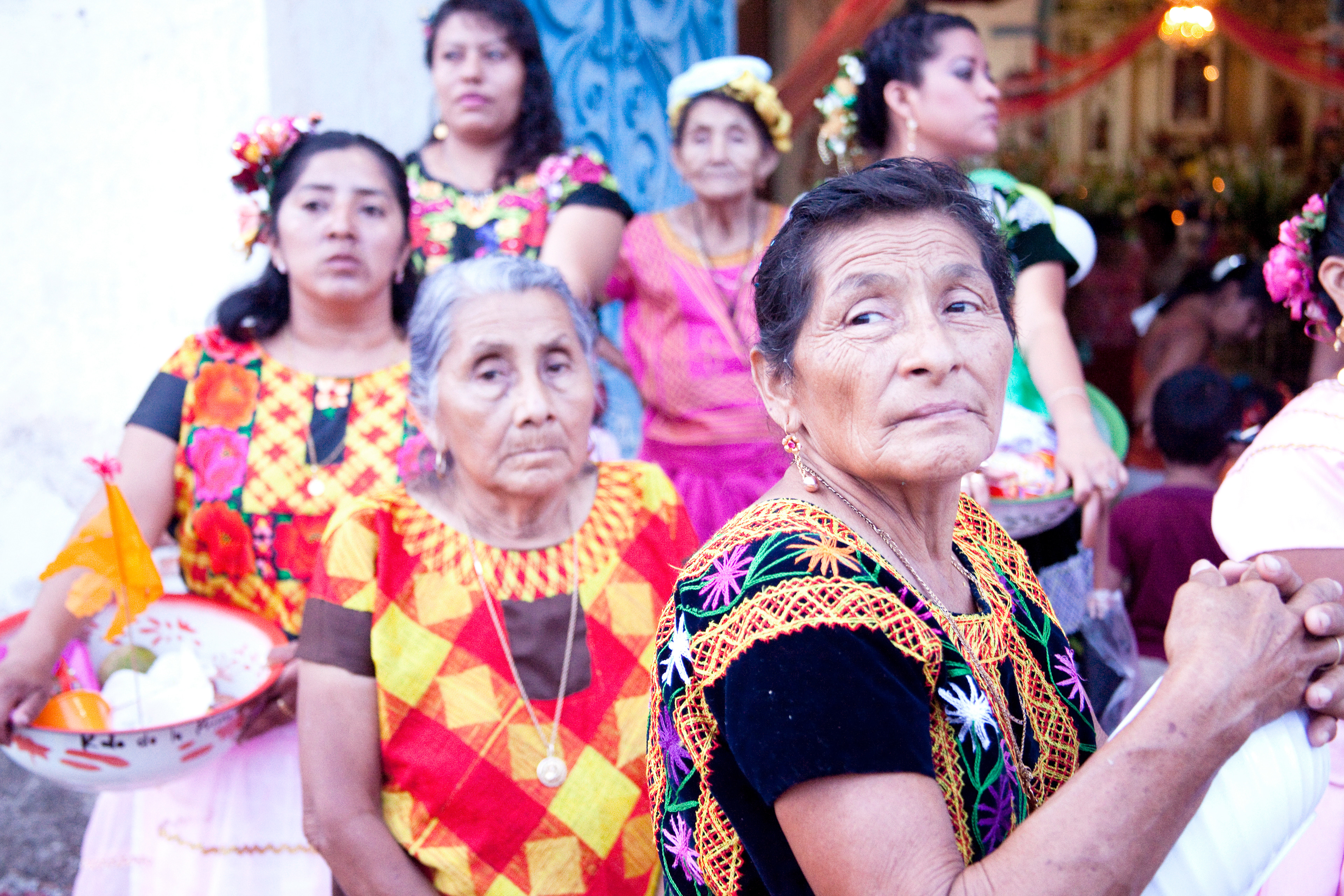
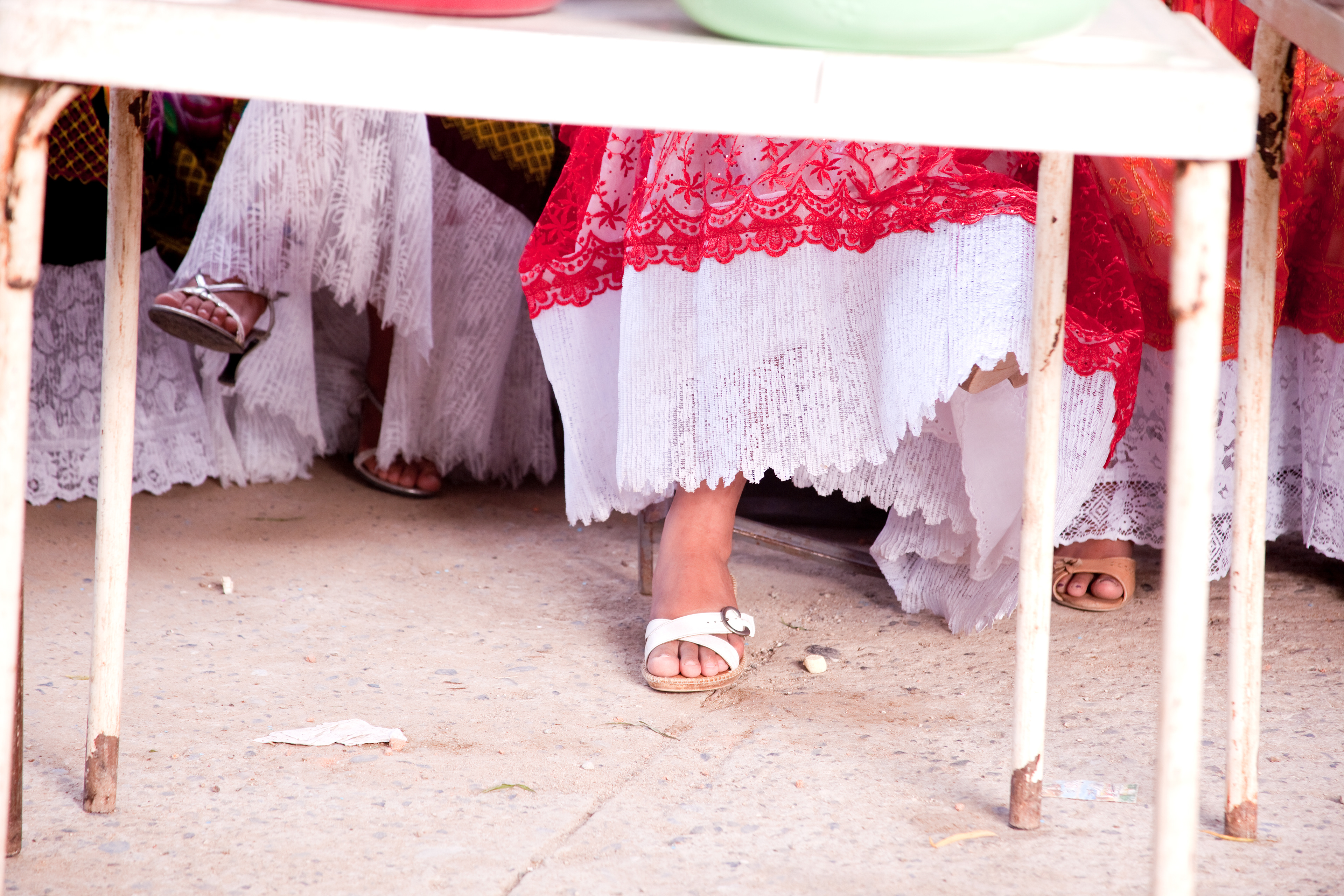
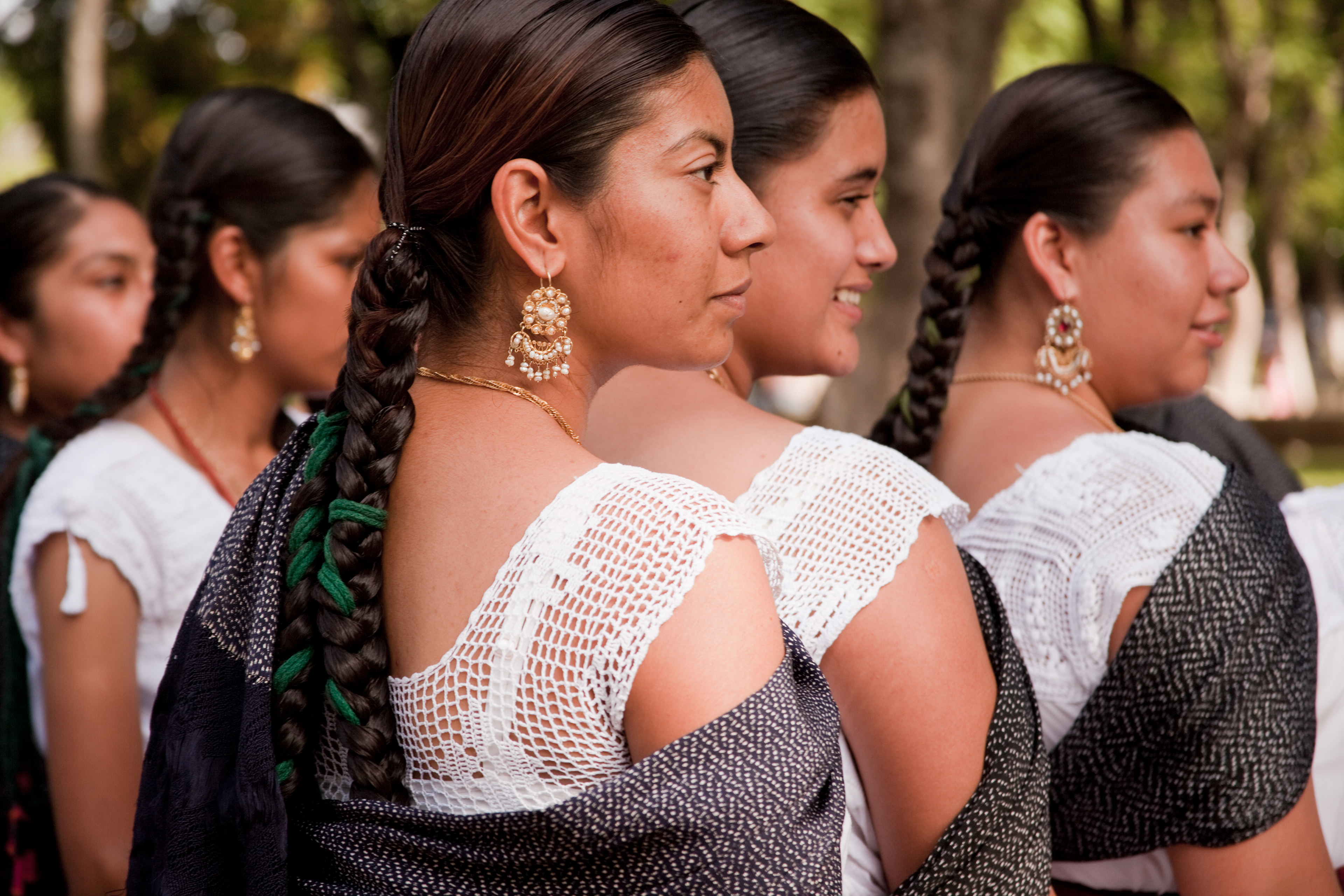
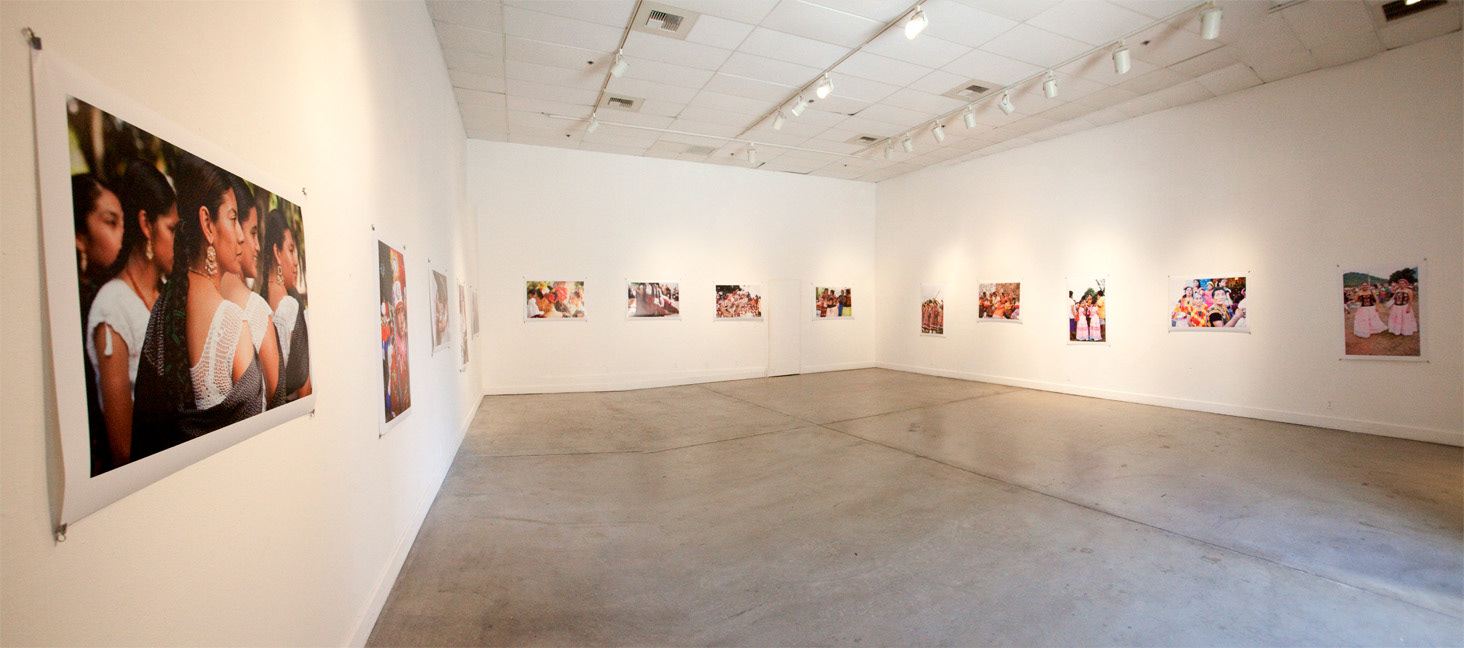
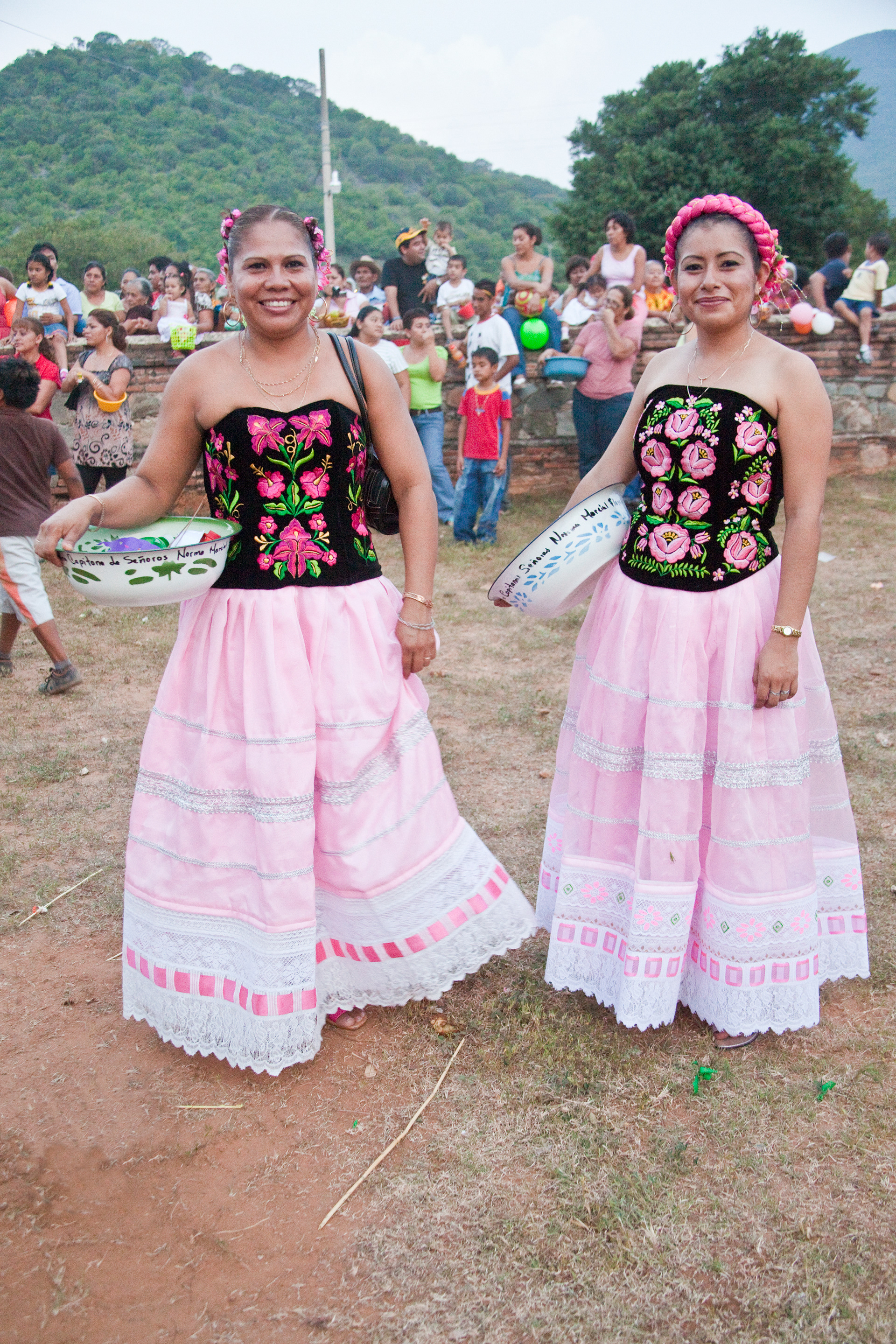

My journey into the vibrant world of textiles commenced with a profound appreciation for Oaxaca's traditional regalia, originating from its eight distinct regions. At first glance, the untrained eye might perceive a sense of uniformity, particularly in garments like blouses. However, as I delved deeper into this intricate realm, I uncovered a treasure trove of diversity and cultural richness. Each piece of regalia tells a unique story, a testament to the specific community from which it hails. It's a living history, a form of artistic expression intricately woven into the fabric of Oaxacan culture. This tradition, while appearing uniform to outsiders, is a mosaic of individual narratives and artistic nuances. Imagine a simple blouse – seemingly identical at first sight, but a closer look unveils the subtle intricacies of its embroidery. These details serve as a signature, proclaiming the identity of the local community that crafted it. The variations in patterns, colors, and techniques may appear minor, yet they carry a profound significance. They are the brushstrokes on the canvas of Oaxacan heritage, creating a masterpiece that celebrates diversity while honoring tradition. This journey into the world of Oaxacan textiles is a testament to my deep respect for cultural diversity and the profound stories embedded in the clothing we wear. It is an ongoing exploration that not only allows me to appreciate the artistry of these garments but also to share the intricate tales they narrate, connecting us to the rich and vibrant history of Oaxaca and its people. Unfortunately, it has become a trend for major clothing manufacturers frequently descend upon Oaxaca in search of inspiration. They are drawn to the extraordinary designs, intending to replicate them on a mass scale. In the process, they not only appropriate the intricate patterns but also disregard the communities that serve as the guardians of these traditions. The result is often an exploitation of Oaxacan culture, where the true essence of these creations is lost amid commercial interests. This practice raises questions about cultural sensitivity and the importance of acknowledging and respecting the communities that have nurtured these rich traditions over generations.











